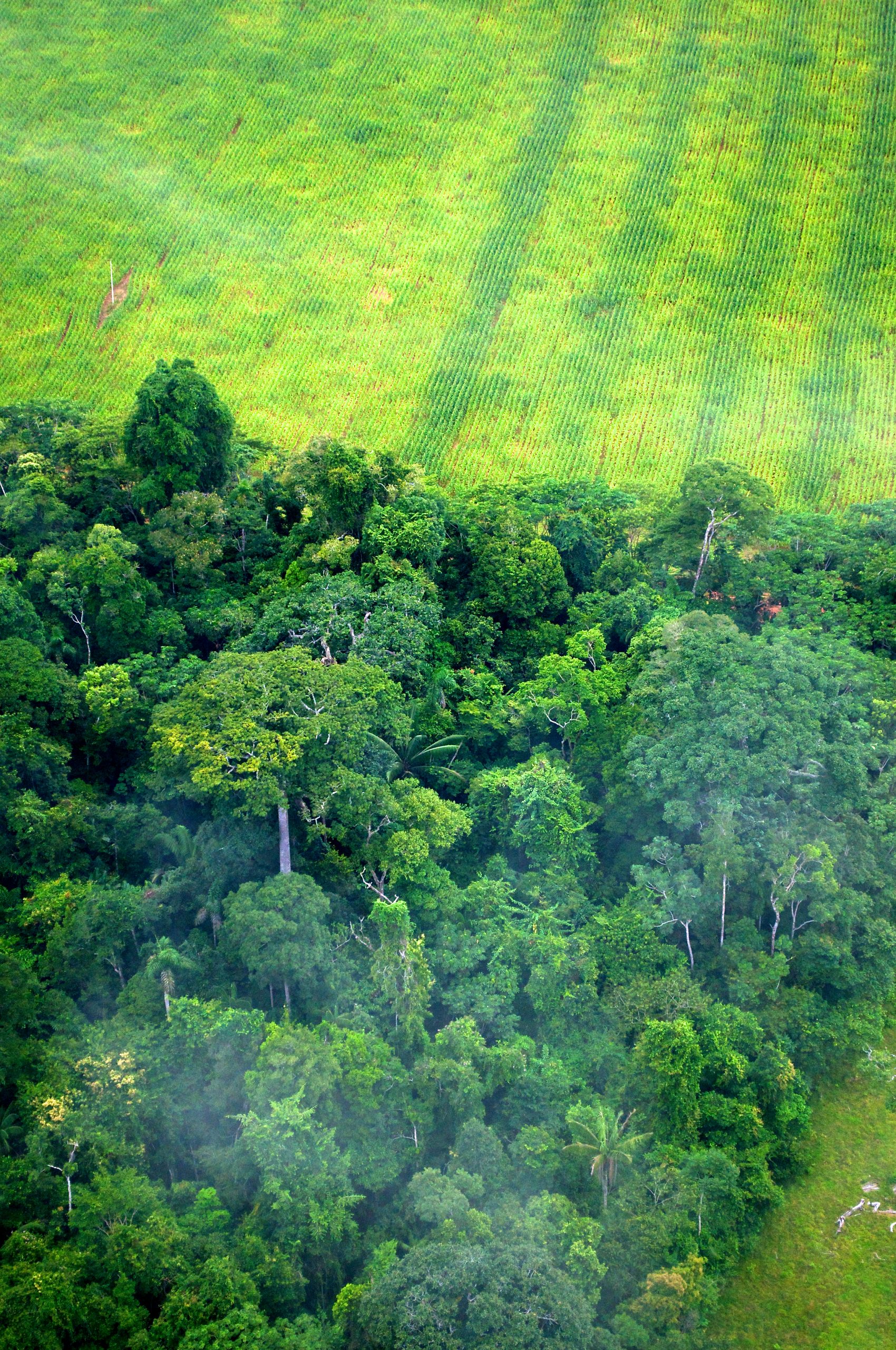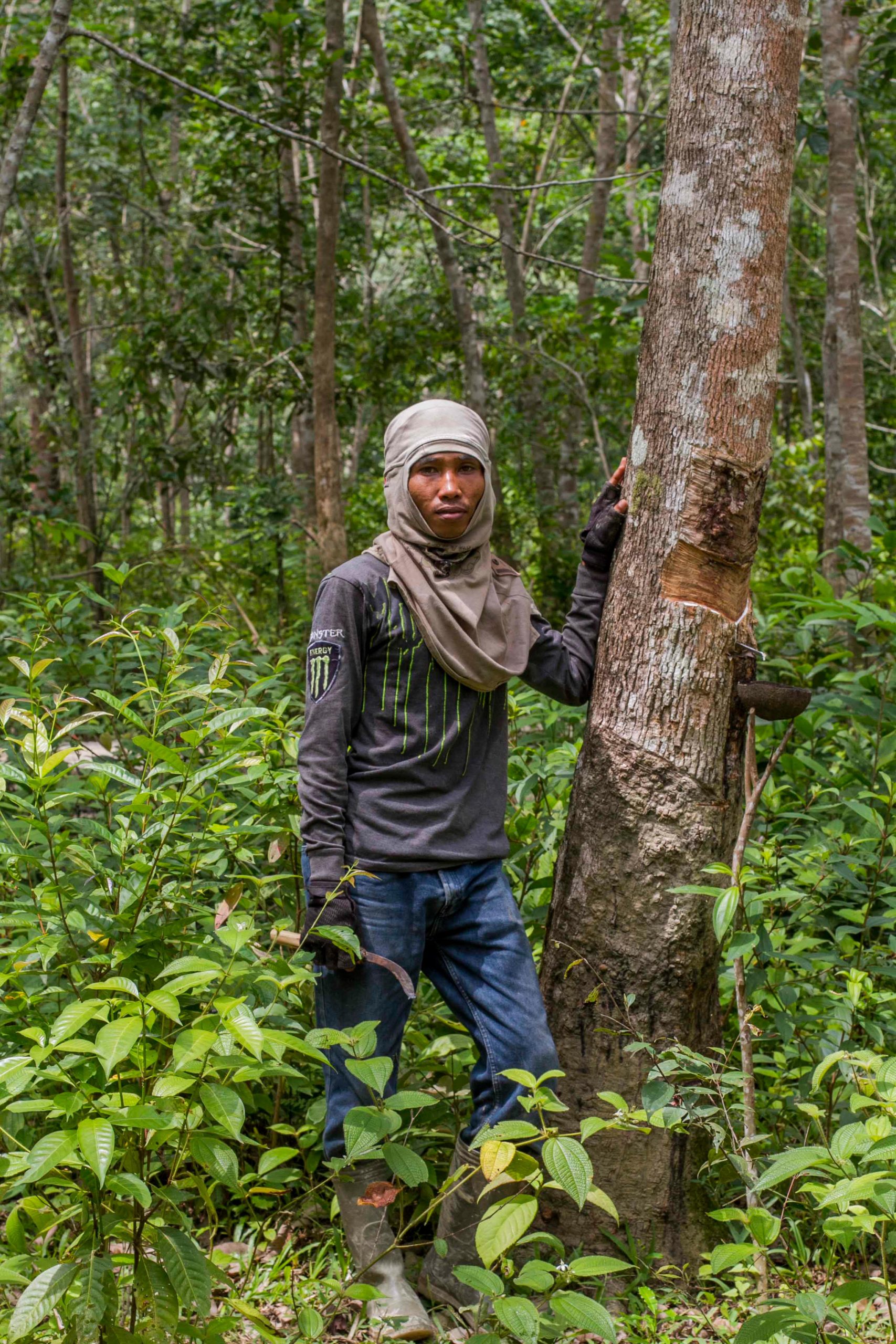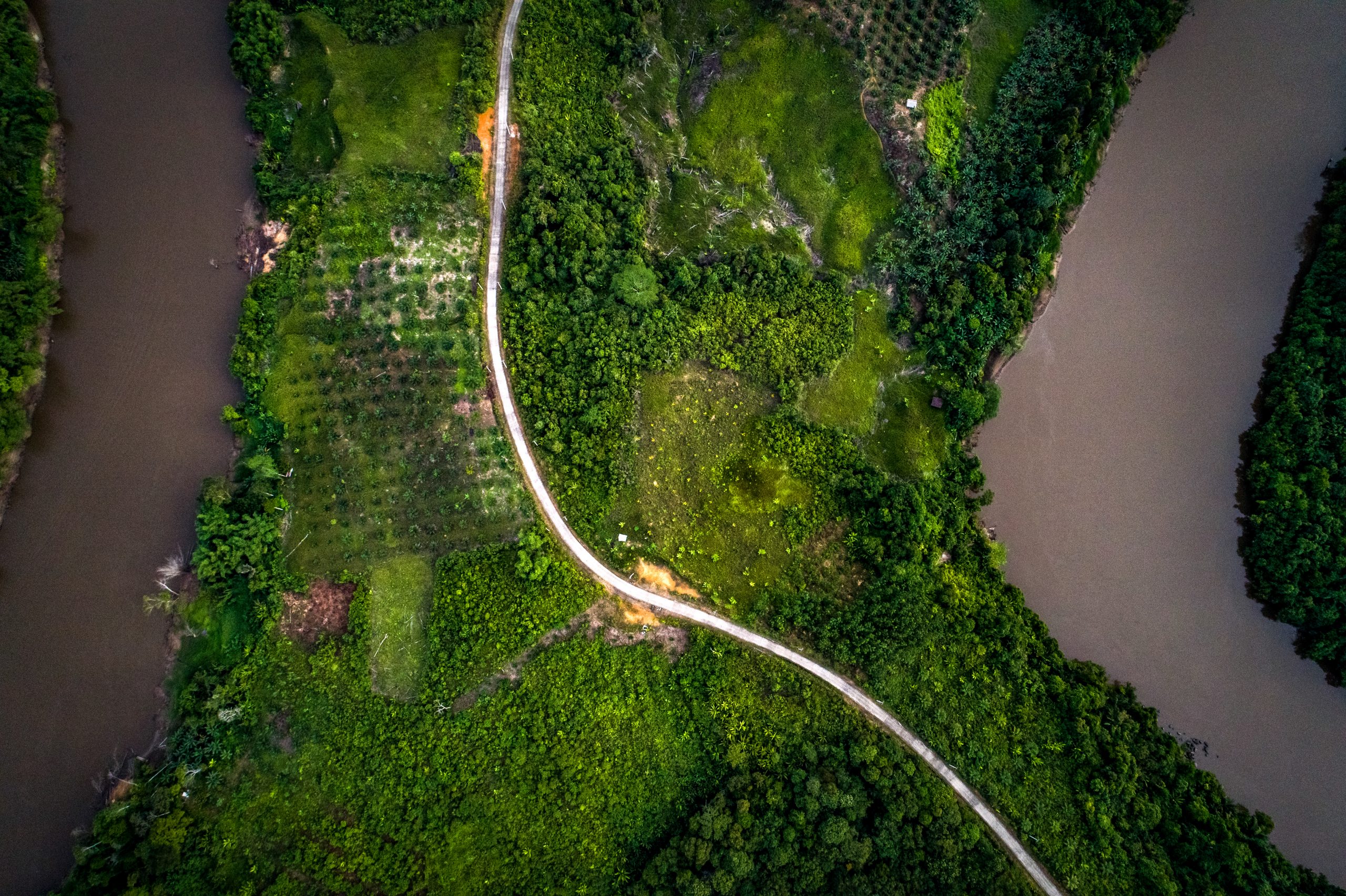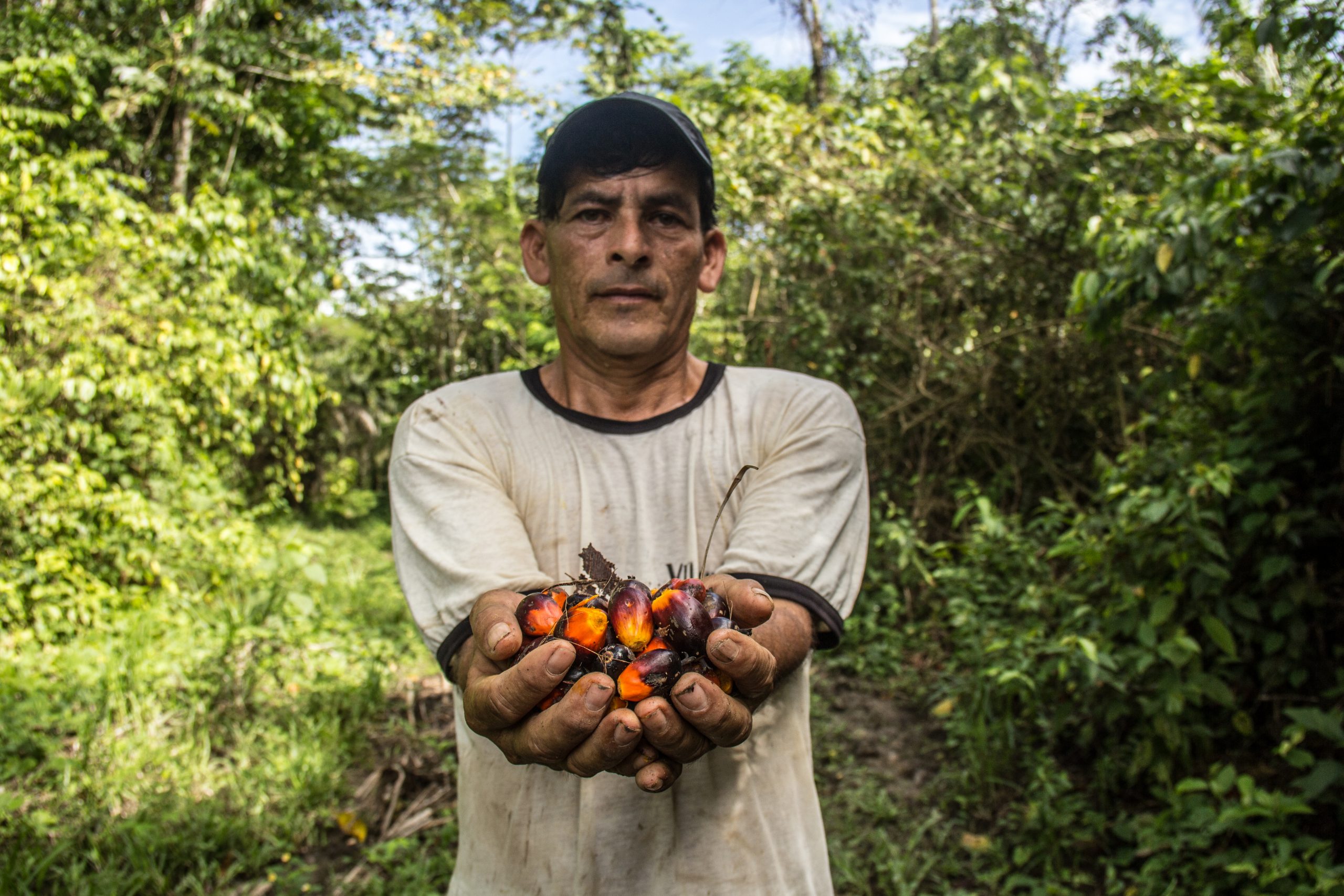Duration of engagment
Short-Long (1 month to purchase carbon credits; 3+ years to create an L/JI with the ability to generate carbon credits)
Cost
Option 1: cost of carbon credit purchases from an L/JI ($-$$ depending on depth of company due diligence)
($$-$$$)
Option 2: cost of adding a carbon credit component to an L/JI
($$-$$$$ depending on the scale of company investment needed)
Option 3: cost of creating an L/JI designed to generate carbon credits
In the real world
Investing in Cambodia’s carbon-rich forest credits
In the threatened forest region of Cambodia’s Eastern Plains Landscape, H&M partnered with WWF to launch the Supply Chain and Landscape approach (SCALE). The goal is to create a landscape investment program using REDD+ credits generated at the landscape scale to transform the textile industry and energy supply chains, thus bringing multiple benefits to the forest and the region’s stakeholders.
Key points for companies

The global REDD+ framework rewards countries that reduce deforestation and enhance forest carbon sinks. It includes a mechanism for results-based payments to national and sub-national governments, communities, and private investors. The architecture for providing these payments is complex and evolving. However, sub-national jurisdictional initiatives are a particularly promising focus for REDD+ investment and carbon credits because they combine government involvement and oversight with supply chain and community actions to stop deforestation and may generate payments for all these actors. For carbon finance investors, L/JIs may offer economies of scale relative to individual, site-specific projects within a jurisdiction, while also enabling private investment more readily than national-scale government programs.

Companies can invest in landscape/jurisdiction-scale carbon offsets in three ways, ranging from simple to complex:
- 1. Source carbon credits from an existing L/JI that has an established mechanism for carbon finance. This option is a relatively easy one for a company that wishes to support an L/JI and gain carbon credits, but does not seek to become directly involved in the initiative. It may also be a way for a company to become engaged in an L/JI as a first step that might lead to greater involvement over time.
- 2. Integrate carbon finance into an existing L/JI (as Touton is doing with cocoa suppliers in Western Ghana, see “Co-design jurisdictional goals, key performance indicators (KPIs), and implementation strategies”). This approach may be attractive to companies looking for additional long-term financing for an L/JI and can work with other stakeholders to link the initiative to public and private carbon markets to obtain credits. The company itself can be (but does not have to be) an investor in carbon offsets. It may be equally valuable to the company to have other investors financially supporting the L/JI in the form of carbon finance, so that the company can contain its costs in supporting the initiative.
- 3. Co-initiate and co-finance a carbon credit program at the scale of a landscape/jurisdiction. This option requires substantial company involvement and investment, generally with NGO and/or private partners with specialized expertise in REDD+ carbon finance. It may be an appropriate pathway for companies with substantial commitments to reducing carbon emissions, and equally substantial opportunities to work with suppliers and other stakeholders in a landscape/jurisdiction from which it sources commodities linked to deforestation. The REDD+ Environmental Excellence Standard (TREES) provides one vehicle for countries and eligible subnational jurisdictions to generate verified emissions reduction credits through actions to reduce deforestation and degradation.

For Options 2 and 3, a company must understand the carbon finance possibilities available to the L/JI, as well as the risks and price volatility associated with the carbon market. Companies should engage with the government and other stakeholders to identify current and potential sources of funding, and to discuss benefit sharing mechanisms and the carbon claims companies could make.

If REDD+ carbon finance is shown to be feasible to support an L/JI, companies can advocate for and/or support a REDD+ program that is in line with good practice for carbon offsets from land use projects.
External conditions that improve likelihood of success
- Clear status of REDD+ carbon credits, and about the options for an L/JI to qualify for public (compliance) and private (voluntary) carbon finance
- Strong alignment with government policy priorities and REDD+ programs
- Close engagement in an L/JI by the government agencies responsible for climate policies
- Capacity within a landscape/jurisdiction to meet the baseline monitoring, reporting, and verification requirements for calculating carbon credits
- Up-front agreement among the stakeholders in a landscape/jurisdiction on benefit sharing from any carbon offset payments
- Availability of carbon market experts to support a L/JI in all the areas noted above

The business case for this intervention
- By supporting L/JIs that include carbon credits for avoided deforestation and forest conservation, companies not only advance their commitments to deforestation/conversion-free sourcing, but they may also gain carbon credits to offset emissions from their activities.
- Jurisdictional REDD+ programs have potential to generate larger carbon reductions at lower cost than single-site projects.
- Companies could create a long-term stream of payments to suppliers and other L/JI participants, reducing the need for company financing over time.

